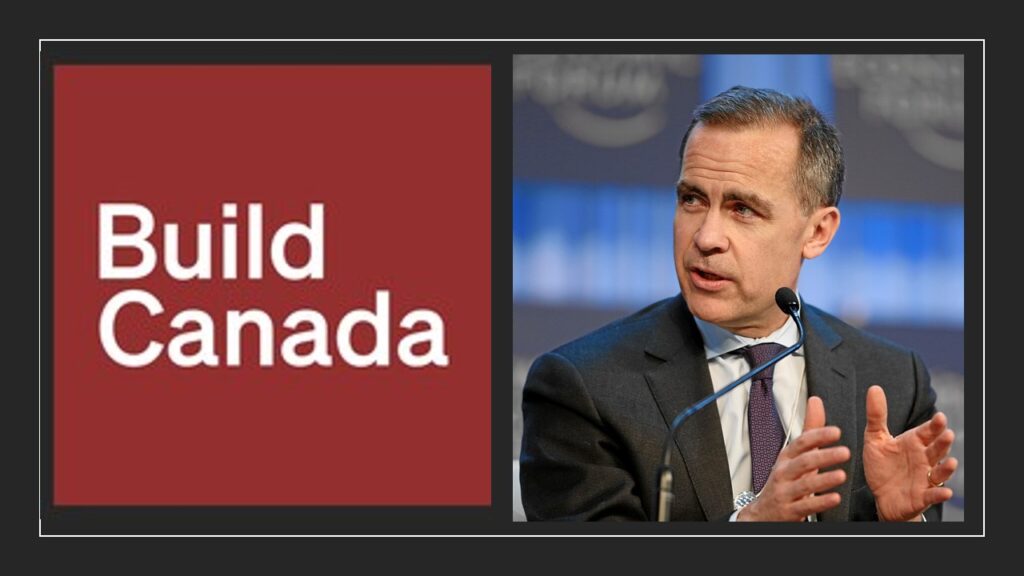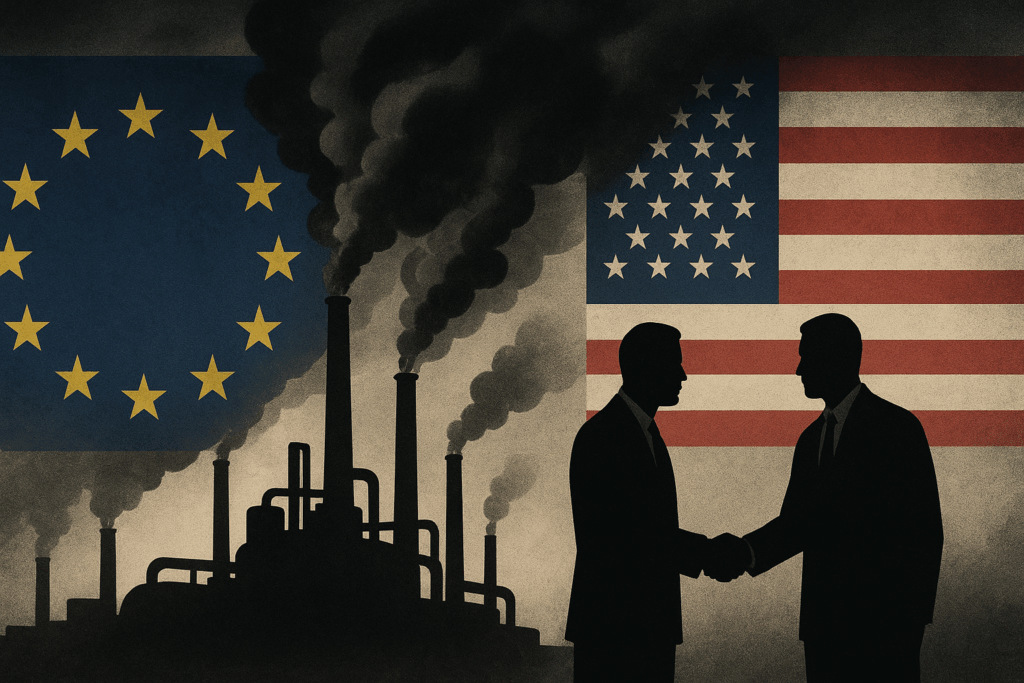In early 1998, lobbying and PR company Powell Tate was busy with a strategy to protect its tobacco industry clients from health and safety regulations.
Costing roughly $200,000, the plan was called “Secret Science” and would be a public affairs campaign “mounted in three phases” to influence the public, scientists, corporations, and policymakers.
After “laying the groundwork,” the plan was to build “a critical mass of outrage” and then offer a solution to all the outrage and division the campaign had whipped up.
The plan’s aim, according to a separate memo, was clear.
“Focus public attention on the importance of requiring the disclosure of taxpayer-funded analytical data upon which federal and state rules and regulations are based, as well as the analytic data underlying health and safety studies funded by the government…”
Held in the “Phillip Morris” collection of tobacco litigation archives at the University of California San Francisco, the plan’s aims will today sound eerily familiar to anyone following the Trump administration’s attempts to restrict the science its key environment agency can use.
U.S. Environmental Protection Agency (EPA) Administrator Scott Pruitt has put forth a proposed rule that many experts say will hamstring the agency’s ability to use scientific studies as a basis for rulemaking and, in turn, for protecting millions of Americans.
“The era of secret science @EPA is coming to an end,” Pruitt tweeted, as he announced the proposal that is currently in the middle of a 30-day comment period.
The era of secret science @EPA is coming to an end. The ability to test, authenticate, & reproduce scientific findings is vital for integrity of rulemaking process. Americans deserve to assess legitimacy of the science underpinning Agency decisions. ➡️ https://t.co/eBbdX4UTGw
— Administrator Pruitt (@EPAScottPruitt) April 24, 2018
“I’ve been working on this for 20 years,” said Steve Milloy in an interview with The New Yorker.
From Tobacco Defender to Climate Science Denier
Milloy is a climate science denier and former coal executive who, 20 years ago, was the executive director of a group known as The Advancement of Sound Science Coalition — or TASSC. More recently, he was a member of President Trump’s EPA transition team.
TASSC was funded by the tobacco industry, initially Philip Morris, and had been launched in the early 1990s with another lobbying firm, APCO Associates.
This was not the earliest sign of a tobacco-sponsored campaign to restrict the EPA’s ability to build rules around scientific evidence.
As reported by The Intercept, another former EPA transition team member, lawyer Christopher Horner, was working on the same issue for his client, RJ Reynolds, in 1996.
Both Horner and Milloy are part of the machinery of corporate-funded climate science denial that has worked for years to block action on climate change — action that would damage the bottom line of the people who have funded their careers over the years.
An October 2017 academic paper in the International Journal of Health Planning and Management found how groups like the Competitive Enterprise Institute and the Heartland Institute, where Milloy and Horner hold positions, were part of a network of “strategic allies” for the tobacco industry.
Both men argue that they are acting in the interests of “transparency” and claim to be fighting against “junk science” (for all this talk of transparency, Horner was not so keen to talk about his coal funding when approached on the fringes of the Paris climate talks in 2015).
Horner and Milloy are both connected to the Energy & Environment Legal Institute — a right-wing group that has specialized in targeting EPA officials and climate scientists with legal requests for their emails.
Milloy attended Pruitt’s launch event for his proposed “secret science” rule alongside another climate science denier, the Committee for a Constructive Tomorrow’s Marc Morano.
From yesterday’s science transparency event at EPA:
Climate skeptic barbarians @JunkScience and @ClimateDepot.
Not just at the EPA‘s gate, but inside the administrator’s office eating the greens’ lunch. pic.twitter.com/2QkYQo6iOk
— Steve Milloy (@JunkScience) April 25, 2018
Pruitt’s rule — Strengthening Transparency in Regulatory Science — would mean that the EPA would be unable to use scientific studies as a basis for policy unless the data underlying the research was public and could be reproduced.
According to emails released under Freedom of Information Act (FOIA) laws, the proposal was developed after EPA officials consulted with Republican congressman Lamar Smith, who has a bill now sitting before the Senate that would put similar requirements on the agency.
Scientists, science advocacy and professional groups, and environmental advocates have heaped heavy criticism on Smith’s bill and Pruitt’s proposed rule.
The rule could be unworkable, as many health studies rely on personal and confidential information and so would “violate healthy privacy laws,” according to the Union of Concerned Scientists.
An open letter signed by almost 1,000 scientists and coordinated by the Union of Concerned Scientists said: “In reality, these are phony issues that weaponize ‘transparency’ to facilitate political interference in science-based decision making, rather than genuinely address either. The result will be policies and practices that will ignore significant risks to the health of every American.”
The American Geophysical Union, a professional society representing 60,000 earth and atmospheric scientists, also addressed a letter to Pruitt, criticizing the rule: “At a time when the Administration is proposing significant cuts to EPA funding, this policy would become an unnecessary burden on the agency and further hamstring its ability to protect public health and the environment. In general, to exclude vital scientific information from consideration would put our local communities’ health and well-being at risk.”
At the end of the letter, the society also couldn’t help calling out the atmosphere of climate science denial Pruitt introduced to the agency, especially talking points instructing employees to emphasize uncertainty around humans’ role in causing climate change.
Polluted Air Denial
The focus for Milloy has been regulations around fine particulate air pollution or, more specifically, particulate matter that is less than 2.5 micrometers across (PM2.5).
In an op-ed in The Wall Street Journal in March, Milloy argued that PM2.5 particles were “not associated with death” and that EPA rules formed from studies linking PM2.5 to death were based on “dodgy science to advance a political agenda.”
A May 2018 World Health Organization (WHO) report estimated that about 7 million people a year die from air pollution linked to heart disease, stroke, lung cancer, and chronic obstructive pulmonary disease.
“PM2.5 includes pollutants, such as sulfate, nitrates, and black carbon, which pose the greatest risks to human health,” the WHO said.
Sources of the deadly airborne particles include agriculture, transport, wood burning, and coal-fired power plants. On release of the report, Milloy wrote: “Air pollution kills no one.”
Just days ago, the EPA announced $30 million in grants to improve air quality, which, according to Pruitt, would “enhance public health.”
Air Pollution Causes Premature Death
Professor Jonathan Samet, dean of the Colorado School of Public Health and an internationally recognized authority on health effects of pollution and smoking, said the EPA and others had “systematically considered the evidence on PM2.5” and found it was “causally linked to premature mortality.”
He told DeSmog that EPA head Pruitt was bound by the Clean Air Act to set National Ambient Air Quality Standards that protect the public health with an “adequate margin of safety.”
Samet said: “This is a legal requirement on the Administrator and any relaxation of standards would require evidence supporting such a change.”
While the explanatory notes around Pruitt’s proposed rule claims that the confidentiality issues could be addressed, Samet said: “The complexities of sharing of private and confidential information are not adequately addressed in the proposed rule.”
“There are other considerations not addressed, such as costs. I note that evidence-based decisions are made in many sectors, including clinical care, without any requirements similar to those proposed.”
“The proposed rule has the potential to restrict consideration of a broad body of evidence relevant to regulatory decision-making, such as studies from outside the U.S.”
The EPA is accepting public comments on the proposed rule until May 30, 2018.
Main image: Powell Tate’s “Secret Science Action Plan” from 1998. Credit: Truth Tobacco Industry Documents, UCSF Archives
Subscribe to our newsletter
Stay up to date with DeSmog news and alerts






